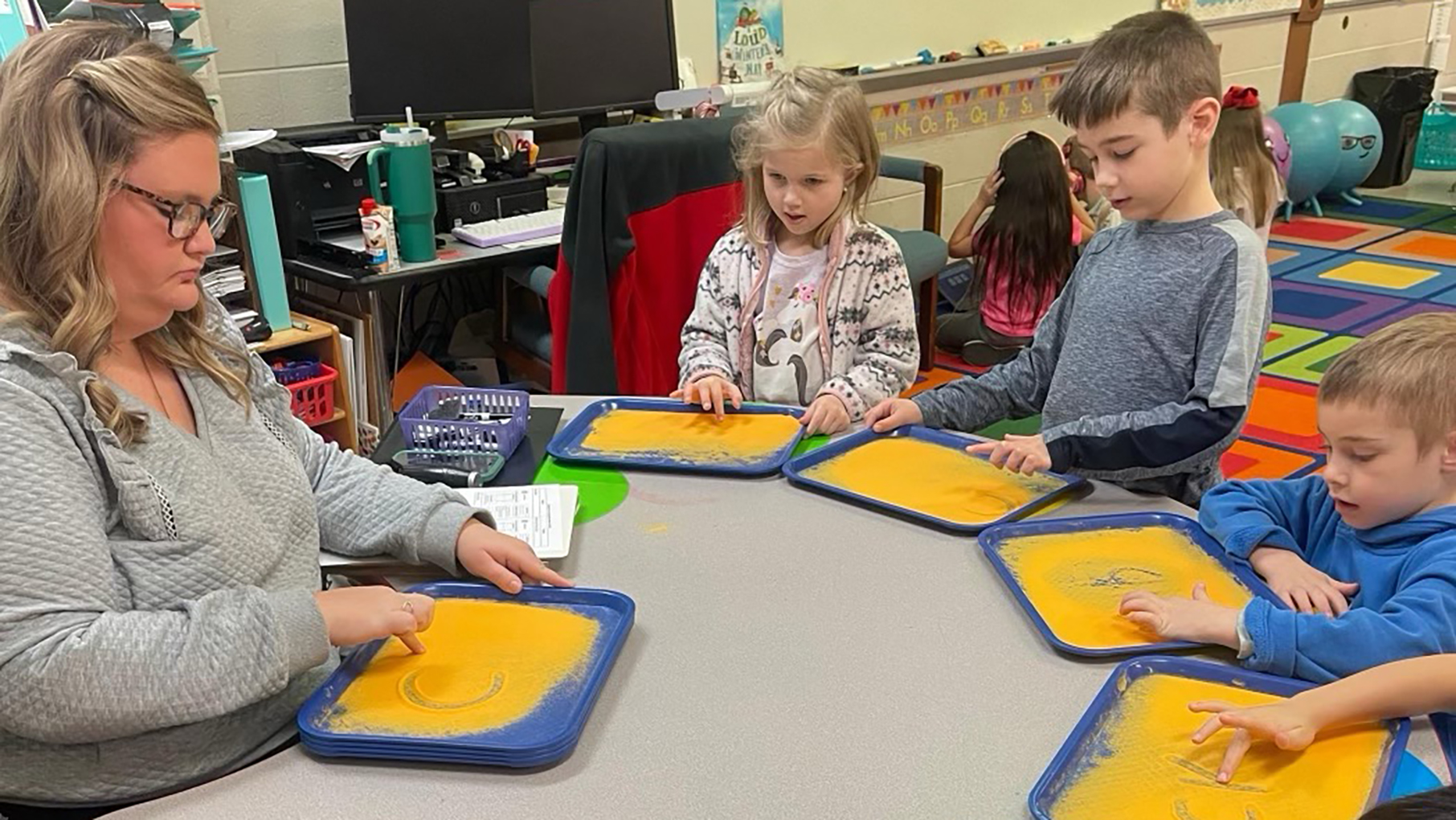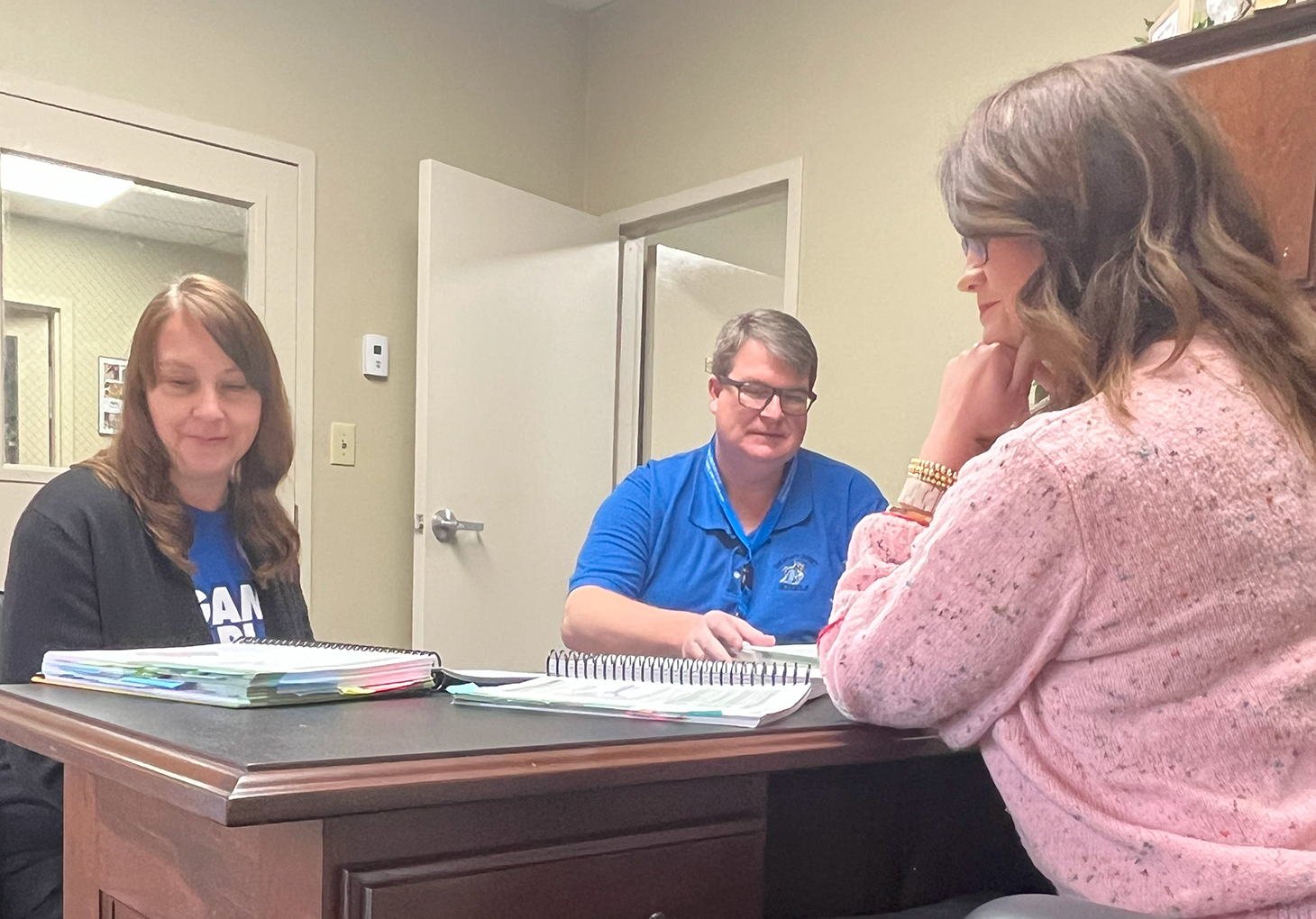
Veda McClain
By Veda McClain
veda.mcclain@education.ky.gov
The gigantic Oxford English Dictionary sat on its own stand. There were literally thousands of words on each page, with print so small that I could only read the bold guide words at the top of each page. The book’s owner, my former 10th-grade English teacher, remarked, “It comes with its own magnifying glass.”
I was amazed that anyone would personally own such a dictionary and began to wonder how she increased her vocabulary with it. It also made me further ponder how we teach word recognition, fluency and vocabulary in today’s classrooms.
My encounter with this dictionary came on the heels of my having attended a Summer Literacy Institute at Harvard University. The institute, sponsored by the Strategic Education Research Partnership (SERP), focused on two of its programs – Strategic Adolescent Reading Intervention (STARI) and Word Generation.
Funded by the Institute of Education Sciences of the U.S. Department of Education, SERP’s mission is to collaboratively “mobilize the expertise of educators, the power of scientific research, the creative capacity of designers and the commitment of funding institutions to improve student learning.” The nonprofit works with school districts and researchers to identify and tackle problems of practice – i.e., reading comprehension, mathematics misconceptions, lack of perseverance, etc. – that exist within schools. It is with these goals in mind that SERP assists educators with improving student fluency, comprehension and vocabulary development.
Strategic Adolescent Reading Intervention (STARI)
STARI presenters focused on how teachers can improve the fluency rate and reading comprehension in upper elementary and middle school students who are struggling with reading by providing lots of text exposure and “eyes on the page reading.” The key features of STARI are to:
- Address gaps in background knowledge with paired texts;
- Build reading stamina through daily fluency practice and “chunked” reading;
- Engage students in peer talk, discussion and debate about topics that matter in their lives;
- Promote independence and self-direction through daily partner activities;
- Emphasize “on level” reading skills and more basic reading skills; and
- Pose open-ended questions and questions that ask students to take a stance.
A key feature of STARI addresses phonics instruction, whereby students are taught to examine vowel teams such as “ea” and “oa.” They also are taught how to chunk words, which is how to look for meaning chunks and sound chunks (familiar word parts) found within words they are reading. Lastly, they are taught how to chunk syllables and how to divide a word between double consonants. By teaching students these phonics skills, students gain greater independence in decoding words and reading smoothly, which impacts their fluency and reading comprehension.
The comprehension strand of STARI provides students with a set of strategies they can readily apply when reading. Using reciprocal teaching, students learn how to summarize the text, ask clarifying questions, make predictions and question the text. These activities are initially teacher led, and students are gradually released to complete activities with a partner.
“Skilled readers use a set of strategies flexibly and know when to apply them,” said Catherine Snow, the project’s principal investigator.
Books chosen for use in STARI instruction are generally at the entry level of students’ abilities, have higher readability levels, present ambiguous characters and have complex cognitive issues. These texts engender student engagement and help students make real life connections to the characters.
Word Generation
Word Generation is a cross-content area – including science and social studies – academic language program for grades 4-8. This program promotes discussion and debate of controversial topics and big ideas that students find interesting and willing to discuss.
Lesson discussions begin with compelling questions such as, “What makes an American?” “Should secret wiretapping be legal?” and “Who is responsible for childhood obesity?” These questions challenge students to read, discuss, debate and then write about the topic.
The most important activity in a Word Generation classroom is productive talk. Talk by teachers and students about academically important content using reasoning is called productive talk. This kind of talk is beneficial to students because it supports reading comprehension, thinking and vocabulary development.
The goals of productive talk are to help students:
- share their reasoning so that it can be understood;
- learn to listen to other students;
- deepen their own reasoning; and
- work with the reasoning of other students.
This type of talk helps teachers see the understanding and misunderstanding of students. It also boosts student memory for content.
When teachers implement Word Generation strategies in their classroom, students also learn more about academic language (the language of school), perspective taking and argumentation. This learning tends to improve students’ overall academic performance, especially reading comprehension.
An important feature of Word Generation is peer talk, discussion and debate. These activities raise the level of talk in the classroom and challenge students to think and to read deeper. Students challenge each other with questions such as, “What’s your evidence? “Can you explain your reasoning?” How did you figure that out? and “What led you to that?” When students disagree, they are encouraged to use phrasing like, “I respectfully challenge …” to offer their own views.
Both STARI and Word Generation resources are aligned with the Kentucky’s Academic Standards for English Language Arts and available online for free. Users simply have to set up an account to access the materials, which include articles, handouts, lessons, video clips and questions. Resources are also available for the recommended books used with STARI.
MORE INFO …
- Word Generation main website
- Strategic Adolescent Reading Intervention main website
- First Book: This site helps Title I schools get discounted books.



Leave A Comment